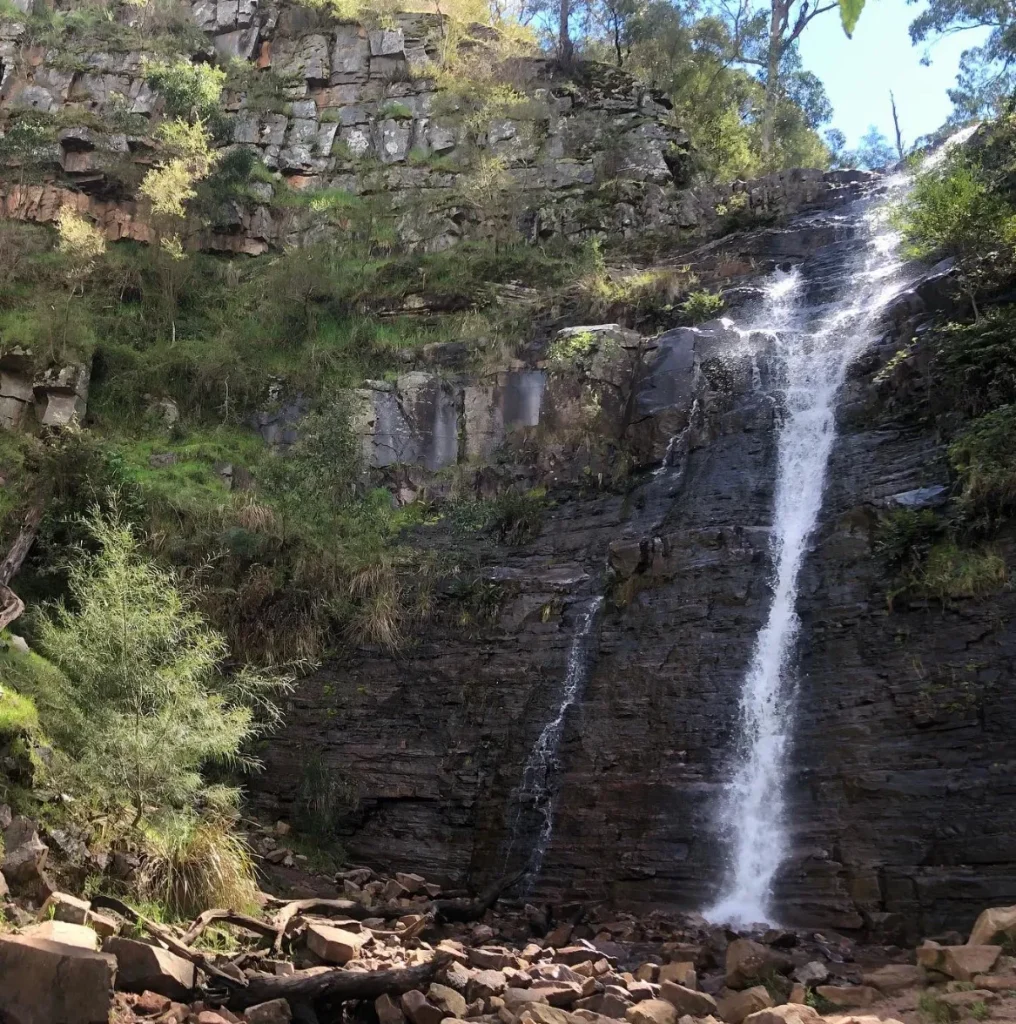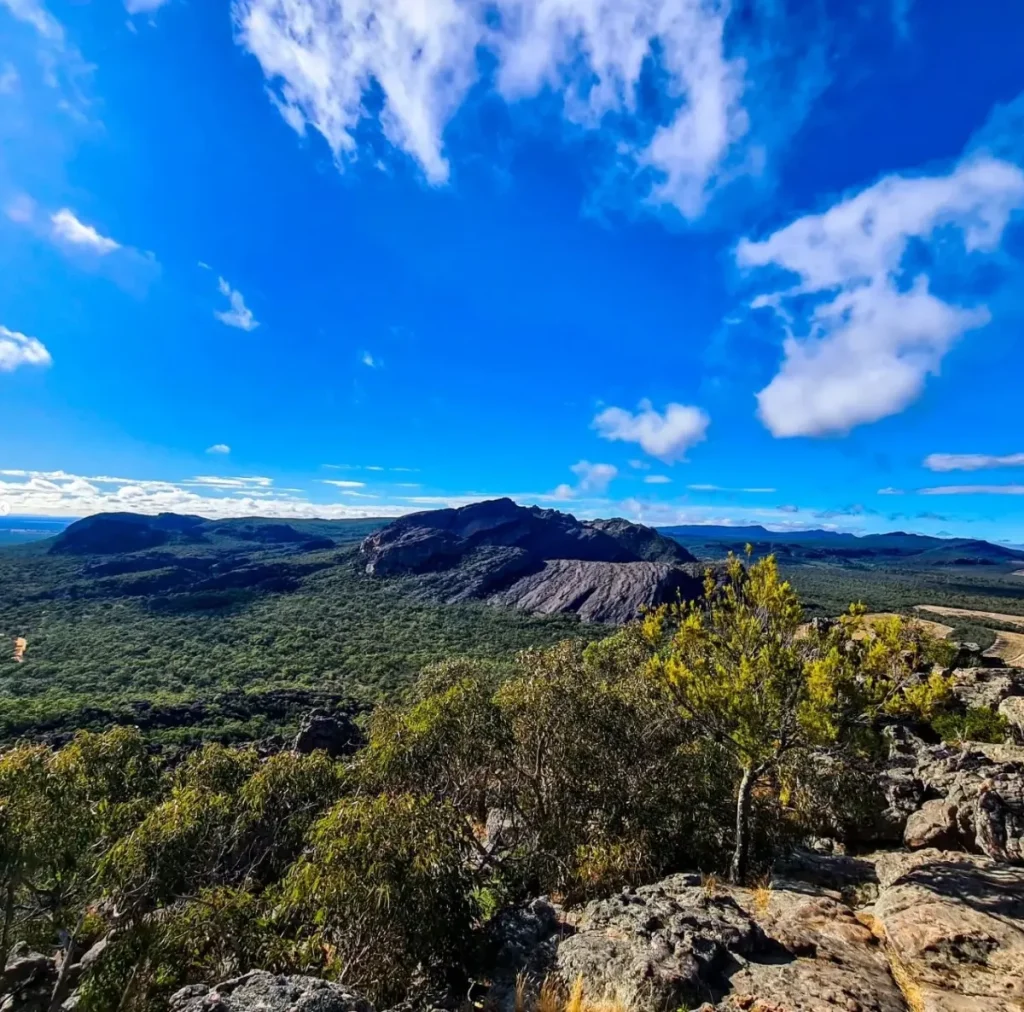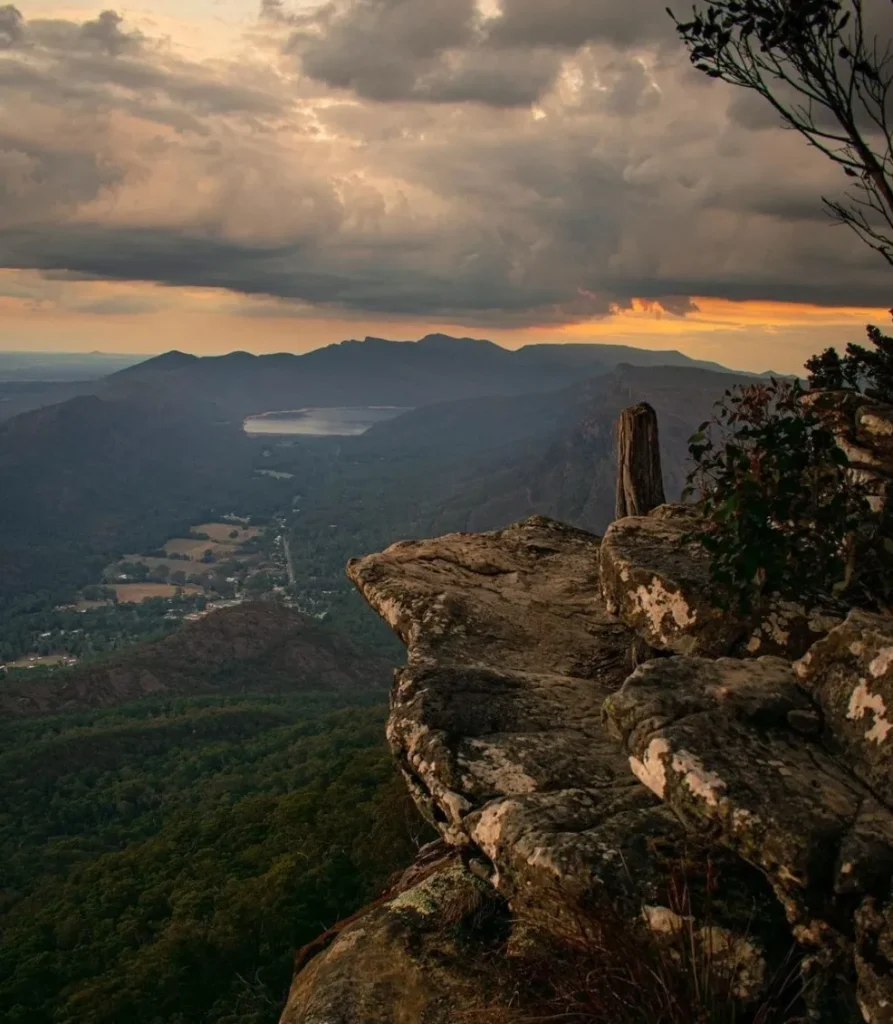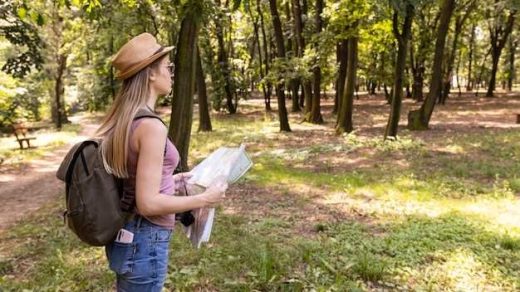Top 5 Grampians Wildflower Walks in Spring
The Grampians National Park in Victoria is one of the best places to see wildflowers in spring. Rugged mountains, waterfalls and diverse ecosystems, the park has many walking trails that showcase native flowers. In spring, the park comes alive with colour with over 1000 plant species, many of which are found only in this region. The southern Grampians are famous for their wildflowers, so this is a must-see for nature lovers. Managed by Parks Victoria, there are many walking trails to choose from, from easy strolls to more challenging hikes.
Whether you’re a seasoned hiker or just looking for a gentle stroll through nature, the Grampians have something for everyone. Here’s a guide to the top 5 wildflower walks in the Grampians in spring, where you’ll see native plants, spring wildflowers and amazing views of the region’s most iconic landscapes.
Wonderland Loop

The Wonderland Loop is a favourite for visitors who want to experience a challenging hike and see wildflowers in bloom. This 9 km loop starts at Venus Baths, a series of rock pools near Halls Gap and takes you through the rugged mountain ranges of the Grampians National Park. Along the way, you’ll pass through rock formations, ravines, and cliffs, which make this one of the most scenic walks in the park.
In spring, the trail is lined with native orchids, Leopard Orchids and Daviesia brevifolia (Leafless Bitter-Pea). The walk takes you past the Grand Canyon, a dramatic rock formation that’s even more spectacular with wildflowers. Keep an eye out for rare species like Kennedia prostrata and Micromyrtus ciliata that add a splash of colour to the landscape. If you’re lucky, you might even see some Aboriginal rock art along the trail and get a glimpse of the Djab Wurrung culture.
Beehive Falls

If you want a shorter walk with great wildflowers, the Beehive Falls walk is the one. This 2.8 km trail takes you through the northern part of the Grampians, where you’ll see many plant species, Grevilleas, Boronia Peak flowers and wattles. The trail is relatively easy, so great for families or those looking for a more relaxed experience.
Beehive Falls is a beautiful waterfall that cascades down rock formations surrounded by a blanket of spring wildflowers. The falls are most impressive after rain but the wildflowers are the main attraction in spring. The trail is well signed with directional signs so you’ll stay on track as you explore the park’s natural beauty. Don’t forget to bring extra water as this area has limited access to town water or rainwater tanks.
Silverband Falls

In the heart of the Grampians National Park, this is a secret for those who like solitude and nature—1.4 km, easy, all ages. In spring, the track is a riot of colour with white flowers, wattles and daisies. As you walk through the forest, you’ll hear the waterfall before you see it.
The falls are especially beautiful in spring with water cascading down a narrow rock face into a small pool below. While the waterfall is lovely, it’s the wildflowers that steal the show in this season. Silverband Falls is a great option if you want to get out into nature without the crowds and enjoy some solitude and great views of the surrounding mountains.
Mount Zero Loop

A moderate 4km loop in the Northern Grampians. It was a great hike and a chance to see many native plants in flower. Up to Mount Zero and panoramic views of the surrounding landscape. Rocky outcrops, rock shelters and some Aboriginal rock art.
In spring, the track is dotted with native orchids, such as Grevilleas and Daviesia brevifolia. The higher parts of Mount Zero are great for spotting wildflowers in the valleys below. If you’re up for a longer adventure, you can continue on the Grampians Peaks Trail, which goes the whole length of the park and has more flowers and views.
Boroka Lookout to Lake Bellfield

For a shorter but just as rewarding walk the Boroka Lookout to Lake Bellfield track is a great option. 6km from Boroka Lookout, one of the most famous views in the Grampians, with views of the park and beyond. The track descends gently to Lake Bellfield, passing through many ecosystems with hundreds of plant species.
In spring the track is alive with native orchids, wattles and Kennedia prostrata. As you get to the lake you’ll have views of the water and a sea of spring wildflowers. This track is great for wildflowers and lake views and all abilities.
Why visit the Grampians in spring?
Spring is the best time to visit the Grampians National Park. From September to November the climate is perfect for spring wildflowers and it’s one of the top places to see wildflowers. The natural beauty of the area is enhanced by the colour of the native plants, including the rare Leopard Orchid and Lip Orchid.
There are also plenty of accommodation options, from campsites like Borough Huts Campground and Jimmy Creek Campground to luxury lodges. Whether you’re after a day trip or a longer stay, the Grampians has something for everyone.
Planning Tips
- Public transport: There is limited public transport to the Grampians. Driving or joining a guided Grampians tours is often easier.
- Water: Bring extra water as town water is limited, especially in remote areas. Many campsites and walking tracks have water tanks or rainwater tanks but always bring your own.
- Stay on the track: Stay on the track to not damage the fragile ecosystems, especially in areas with native orchids and other rare plants.
FAQ
When are the wildflowers in the Grampians?
The wildflowers in the Grampians National Park are at their best from September to November.
Are the wildflower walks suitable for beginners?
Yes, there are many beginner walks in the Grampians, such as the Silverband Falls Walk and the Heatherlie Quarry Walk. These are short and easy, perfect for families or casual walkers.
What wildflowers will I see?
In spring you will see native flowers including Grevilleas, Leopard Orchids, Daviesia brevifolia, Kennedia prostrata. The Grampians have over 1,000 species of plants, many of which are endemic to the area.
Is there accommodation near the Grampians?
Yes, there is accommodation in the Grampians, from campsites like Borough Huts and Jimmy Creek to lodges and hotels in nearby towns. Some campsites also have campground tanks for water.
Is there public transport to the Grampians?
There is limited public transport. Driving or joining a guided tour is often easier.


